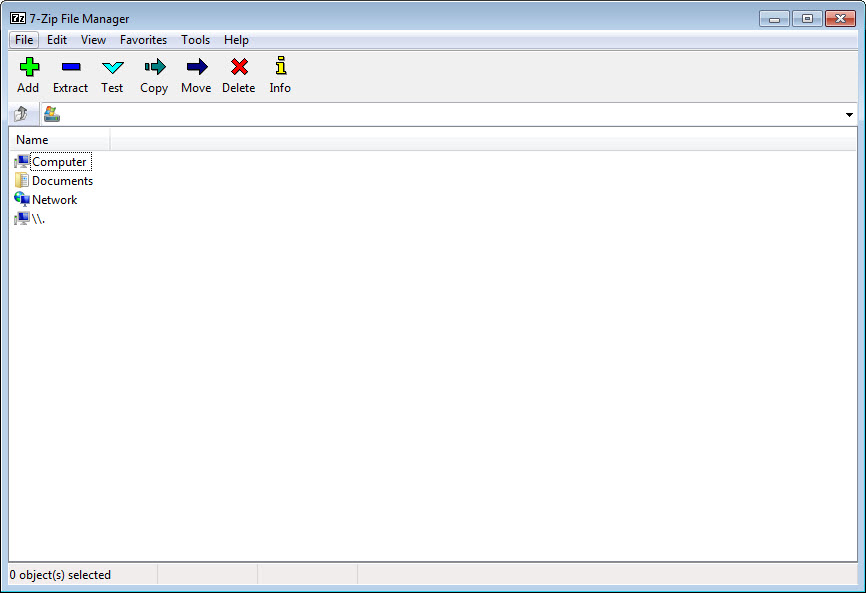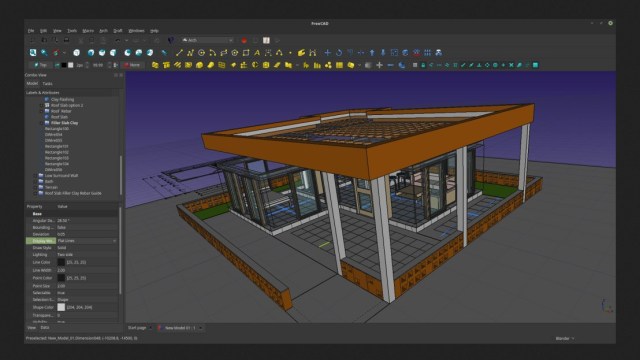

If you’re worried about this vulnerability, you can simply delete 7zip.chm. It requires local or remote access to your computer, and if a hacker manages to get that far, then you’re already screwed. Realistically, the average person won’t be affected by this exploit. I should note that a similar problem recently affected WinRAR, another archiving tool.
64 bit 7 zip command line windows archive#
Normally, dragging a file into the 7-Zip help menu should do nothing. sorting by type, if qs is specified in Parameters field in Add to archive window, (or -mqs switch for command line version). The cmd.exe prompt runs as a child process under 7zFM.exe, which is quite odd.Ī misconfiguration in the 7z.dll file and heap overflow appear to be responsible for this problem. 7-Zip now can use new x86/圆4 hardware instructions for SHA-1 and SHA-256. 7z archive into the 7-Zip help menu to open a command prompt with admin privileges. New Options window in Add to archive allows to select what metadata must. Hackers with local or remote access to your computer can drag a. The process here is a bit wonky, so stay with me.

64 bit 7 zip command line windows zip file#
Windows 64-bit (zip) Windows 32-bit (zip) Linux x86-64 (tar) Linux ARM64 Preview (tar) macOS (zip) These files are compressed as a zip file (Windows and Mac) or a tar file (Linux). Effectively all that happened was you created a copy of the original file period.

You will notice the content of your txt file. now do your method: copy test.txt test.zip. Best to explain by example: create a text file, say test.txt with any content in it. AzCopy V10 is just an executable file, so there's nothing to install. The zip file is rubbish because it is not a zip file. But as kagancapar explains, hackers can use this file to execute malicious code on your system. First, download the AzCopy V10 executable file to any directory on your computer. Now, 7-Zip’s help file doesn’t contain malware.


 0 kommentar(er)
0 kommentar(er)
